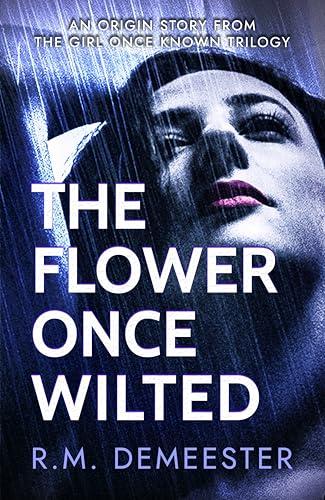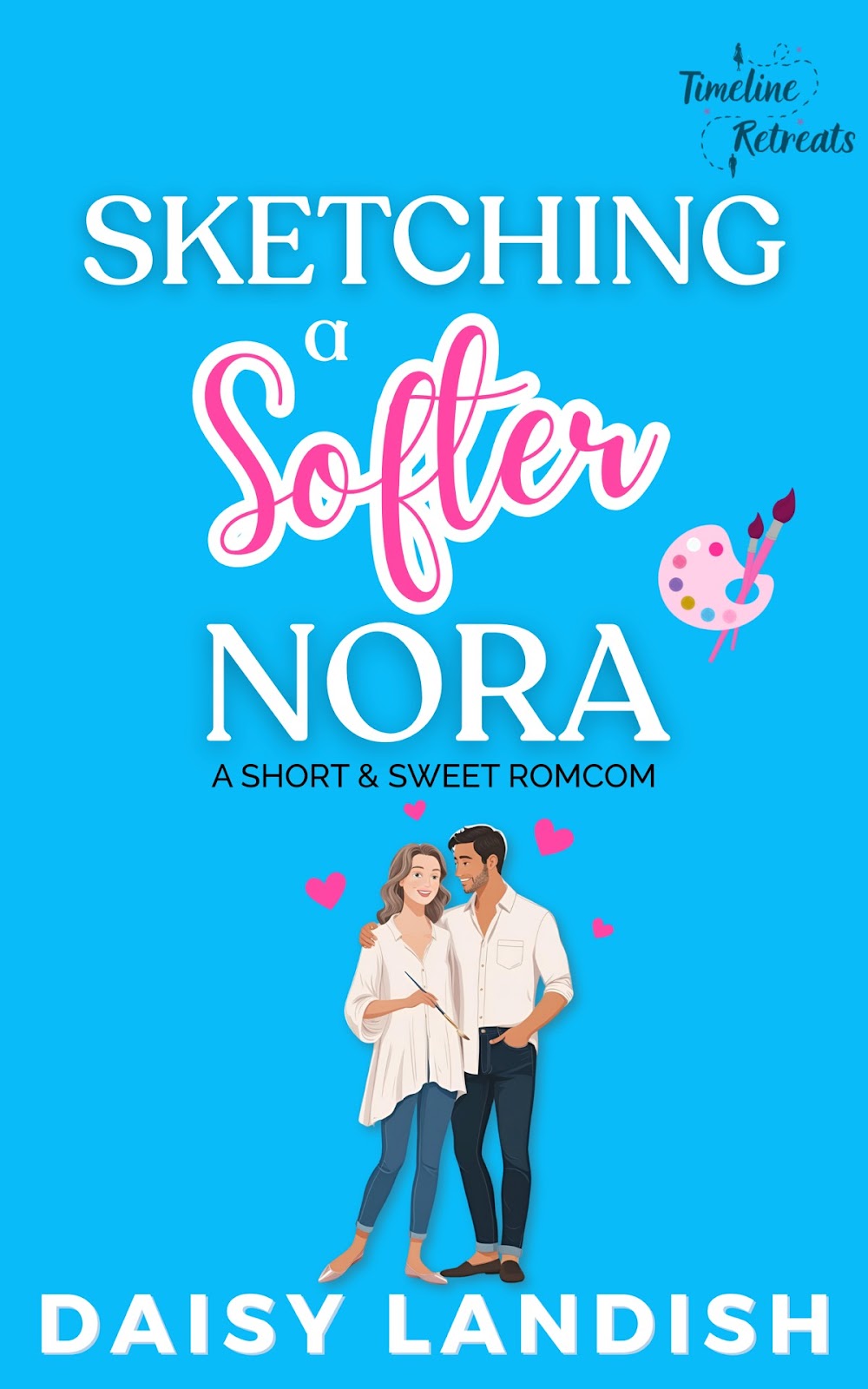The Life and Times of Sherlock Holmes, Volume 4
by Liese A Sherwood-Fabre
GENRE: Non-Fiction
BLURB:
Be as smart as Sherlock Holmes!
Arthur Conan Doyle's original tales include many references to everyday Victorian life that are no longer part of current readers’ world. What Holmes would have eaten from a can while searching for the hound of the Baskervilles, Watson's enjoyment of a yellow-back novel, or the proper use of a gasogene would have been common knowledge to the Victorian contemporary but compels modern readers to run to the nearest reference book. These twenty-five short essays pull such items from the past and expand on their significance in the story. As an additional bonus, this book contains an essay on the role of scandal in Holmes; cases, originally appearing in a collected volume of essays on feminism and agency. After enjoying these concise treatises on Holmes’ world, readers will have a deeper understanding and appreciation of both the times and the life of the world’s greatest consulting detective.
Purchase The Life and Times of Sherlock Holmes, Volume 4
on Amazon, BN, Kobo, iBook, and Other
Excerpt:
The Intercontinental Reach of the Law
In two of Holmes’ cases, he meets Pinkerton agents: Edwards in The Valley of Fear and Leverton, who trailed Giuseppe Gorgiano from America in “The Adventure of the Red Circle.” By 1888, during the first encounter, the reputation of the Pinkerton Agency had been firmly established for almost 50 years and had already lost its founder, Allan Pinkerton. The Edwards character is said to have been based on James McFarland, who had garnered fame in the 1870s for infiltrating and testifying against the Molly Maguires, a secret Irish mining society. Leverton’s fame also preceded him as “the hero of the Long Island cave mystery.”
Allan Pinkerton was born in Glasgow, Scotland in 1819 and worked as a barrel maker there until immigrating to the US in 1842. He settled outside of Chicago and continued his trade. In 1847, he fell into his new profession when he was out collecting materials for his barrels. A particular island not far from where he lived had a plentiful supply of poles, and while gathering them one summer day, he came across evidence of someone else using the island. He informed the sheriff, and the officer investigated, capturing a large gang of counterfeiters. Later, local shopkeepers asked Pinkerton to help capture yet another counterfeiter. Based on these efforts, he was appointed as Chicago’s first—and, in the beginning, only—police detective. Shortly, he had five detectives working under him, and his reputation continued to grow.
Beyond his detective work, he was also an abolitionist. He had been involved in radical politics in Scotland, which was why he was forced to emigrate. His shop served as a station along the under‐ ground railroad, and he raised funds to help transport eleven slaves freed by John Brown. In 1850 he left public services to form his agency. Pinkerton’s National Detective Agency advertised “We Never Sleep” with an unblinking eye as its logo. This image lies behind the term “private eye.” The company included Allan’s brother Robert, who was a railroad contractor. The organization specialized in the capture of counterfeiters and train robbers, but also provided private military contractors and security guards. By 1853, Pinkerton Agencies existed in all the major Union cities. The company hired the first female detective (Kate Warne) in 1856, and during an investigation of a railway case, uncovered a plot to assassinate President-elect Abraham Lincoln in 1861. Warned of the threat, Lincoln changed his itinerary and, under a disguise, passed through the area at night unharmed.
Interview with Liese Sherwood-Fabre
If you could tell your younger writing self anything, what would it be?
Probably to keep at it. That the work will pay off. Writing is a rather solitary endeavor. You sit at your computer and write. And you usually don’t want anyone to see what you’re writing until it’s been polished some. That’s where writing groups come in handy. You learn you’re not the only one who may have characters in your head begging to tell their story. They are your tribe. They get you.
What are the most important magazines for writers to subscribe to?
If you are a member of a particular writing association (Romance Writers of America, Mystery Writers of America, etc.), these are good magazines for your genre with good information on both the writing process as well as your industry. I would start there. I would also suggest commercial magazines in your market (such as Isaac Asimov Magazine for scifi writers, Ellory Queen Magazine for mystery writers, and Woman’s World for those writing romance) to get a feel for what sells. Both of these will provide you with a better feel for the market as well as good writing styles.
What do you owe the real people upon whom you base your characters?
With nonfiction, I am more truly indebted to those who have already researched the topic I’m writing about. They’ve done the heavy lifting. I just benefit from their own efforts to explore the same interest.
What is the first book that made you cry?
Ooh, I know this one! Charlotte’s Web. One of my elementary school teachers read this one to the class. When Charlotte gives her goodbye speech to Wilbur, there wasn’t a dry eye in the room, including the teacher. When you think about it, it was about a spider for goodness' sake! We’d probably stepped on hundreds of them by the time we listened to that book. That’s what good writing does. It creates an emotional connection with the reader—even with a spider and a pig.
Does writing energize or exhaust you?
It depends on how my thoughts are flowing that day. As a pantser (write by the seat of my pants), I sometimes have no idea where the story is going or what the characters are going to say or do until I start typing. At times, I just can see and feel it all come together. That’s energizing. Other times, it’s like pulling teeth—Come on! Talk to me! Tell me what’s going to happen here! I usually plow through this feeling but find myself exhausted after just a page or two.
Obviously, the first scenario is much better.
Do you try more to be original or to deliver to readers what they want?
Up until now, I’ve been writing what I want. As an indie author, I have no obligation to a publisher to provide a particular type of story. I do, however, have to meet expectations with respect to my essays. I can’t write about camels (Well, I could, but it wouldn’t make it into a Sherlockian newsletter). The topic refers to something in the original stories, but I do have free reign over what that topic will be—something of interest to me.
Where did your love of books/storytelling/reading/writing/etc. come from?
I’ve always enjoyed listening to and making up stories. I can remember my parents and teachers reading to me as a child and playing with my dolls and making up scenarios for them. As soon as I could string words into written sentences, I put them on paper. I remember getting an A+ on a story I wrote in the second grade about Dick, Jane, and Sally and penning poems in elementary school. I even won some honorable mentions for stories I submitted to a college contest. I am truly indebted to all the encouragement I got from teachers, friends, and others who read or listened to me from such a young age.
AUTHOR Bio and Links:
Liese Sherwood-Fabre knew she was destined to write when she got an A+ in the second grade for her story about Dick, Jane, and Sally’s ruined picnic. After obtaining her PhD, she joined the federal government and worked and lived abroad for more than fifteen years. Returning to the states, she seriously pursued her writing career, garnering such awards as a finalist in RWA’s Golden Heart contest and a Pushcart Prize nomination. A recognized Sherlockian scholar, her essays have appeared in scion newsletters, the Baker Street Journal, and Canadian Holmes. These have been gathered into The Life and Times of Sherlock Holmes essay collection series. She has recently turned this passion into an origin story series on Sherlock Holmes. The Adventure of the Murdered Midwife, the first book in The Early Case Files of Sherlock Holmes series, was the CIBA Mystery and Mayhem 2020 winner.
Connect with Liese A Sherwood-Fabre











%20by%20Willow%20Thorne.jpg)







































5 comments:
Good morning!
Thanks for hosting me!
Great interview
Sounds like a good read.
Happy Friday! Thank you for sharing your interview, bio and book details, I have enjoyed reading about you and your work and I am looking forward to reading your stories. Do you have any specific reading or writing plans for the weekend?
Hi, Edgar, Sherry, and Bea! Thanks so much for your comments and observations. I have lots of plans for the weekend--mostly holiday celebrations--with some writing squeezed in.
Post a Comment